7 Facts About America’s Newest National Park – New River Gorge National Park and Preserve
March 7, 2024Celebrate the New River Gorge the right way with some interesting facts about the newest national park! The New River Gorge National Park and Preserve, which was redesignated as a national park on December 27, 2020, is known for its spectacular features and recreational opportunities, but there is much more to learn about West Virginia’s cherished playground.
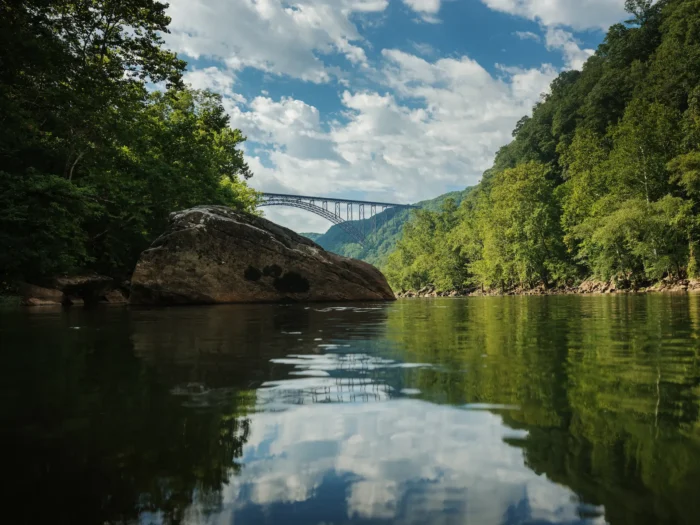
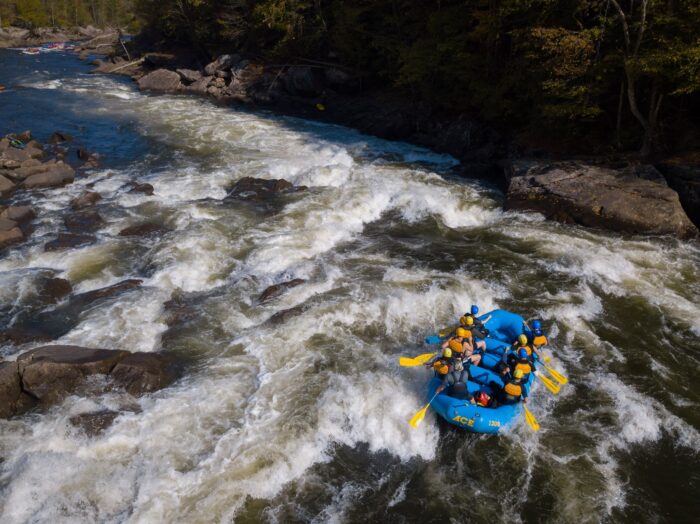
Get Your Guide
Ready to Go Gorge? Check out our local lodging and dining options, and request a free Travel Guide to start planning your trip to America’s newest national park.
Redesignated From a National River
Before receiving the designation of national park and preserve, the area was known as the New River Gorge National River. The national river was established on November 10, 1978, by President Jimmy Carter. The legislation stated that the river was selected as a unit of the national park system “for the purpose of conserving and interpreting outstanding natural, scenic and historic values and objects in and around the New River Gorge, and preserving as a free-flowing stream an important segment of the New River in West Virginia for the benefit and enjoyment of present and future generations.”
Home to One of the Oldest Rivers
Don’t let all of the newness fool you. The New River Gorge is home to one of the world’s oldest rivers – the New River. The ancient river actually begins in the Blue Ridge Mountains of North Carolina and flows in a south-to-north course (differing from the west-to-east flow of most other major rivers). The New River flows through North Carolina, Virginia and West Virginia before joining with the Gauley River to form the Kanawha River. While the exact age of this river is unknown, many geologists consider the river to have been in its present course for at least 65 million years.
The origins of the ironic name are also unclear. Possibilities include being a new river that was not on the Fry-Jefferson map of Virginia, a Native American name meaning “new waters,” or the surname of an early settler. The New River has previously been known as the Conhaway River, Great Konhaway River, Kunhaway River, and Wood River.
There Are Miles To Explore
The New River Gorge National Park and Preserve contains more than 72,345 acres of land. Approximately 90 percent of the land is in the national preserve which permits hunting. Less than 10 percent of the original national river was redesignated as a national park, where hunting is no longer permitted, while the remainder is a national preserve with little change to hunting laws. The park stretches for 53 miles along the New River, from Bluestone in Hinton to Hawks Nest State Park in Ansted. The park is administered by the National Park System along with the Gauley River National Recreation Area and Bluestone National Scenic River (both established in 1988).

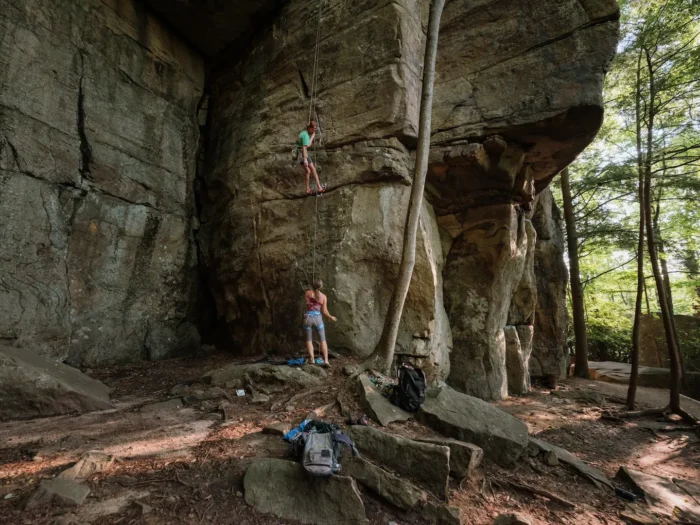
Outdoor Recreation Opportunities Are Endless
The New River Gorge is not only picturesque, but also offers numerous opportunities for whitewater recreation such as rafting and kayaking. The New River has distinct rapids that are well-known by whitewater enthusiasts and is sectioned into two parts – the Upper and the Lower. From relaxing pools of calm water for beginners on the Upper New to adrenaline-pumping rapids for thrill-seekers on the Lower New, the river has a guided trip for everyone. Visitors who prefer to stay dry have plenty of other activities to choose from, including hiking, mountain biking, rock climbing and ziplining.
Discover Unique Towns Throughout
Scattered across the national park are one-of-a-kind towns that are full of fascinating history and natural beauty. The historic town of Thurmond, located in the heart of the New River Gorge, was established by Captain William D. Thurmond in the 1880s. During its prime in the 1920s, Thurmond had more coal running through it than Cincinnati, Ohio, and was a flourishing town with a number of businesses and facilities for the C&O Railway. But after a series of setbacks, Thurmond soon became a ghost town. Today, over 80 percent of Thurmond is owned by the National Park Service and the entire town is a designated historic district on the National Register of Historic Places. Explore this town for yourself on a Thurmond Walking Tour! Other notable towns to visit in the national park include old mining communities, Kaymoor and Nuttallburg, and the railroad town of Prince.
Drive Across an Iconic West Virginia Landmark
The New River Gorge is the deepest river gorge east of the Mississippi River, but before 1977 traffic had to take the long scenic route through the Gorge. Taking nearly three years to finish and $37 million (equivalent to $175 million in 2022 dollars), the New River Gorge Bridge officially opened on October 22, 1977. The bridge is now a well-known landmark of the Gorge and has some pretty impressive stats, including being the fifth-longest single-span arch bridge in the world and the third-highest vehicular bridge in the United States. The New River Gorge Bridge was listed on the National Register of Historic Places in 2013, despite not yet reaching 50 years old. The bridge was listed for its extraordinary impact on local transportation and its engineering significance. For unique views of the New River Gorge Bridge visit the Canyon Rim Visitor Center or walk the catwalk directly underneath the bridge on a Bridge Walk tour.
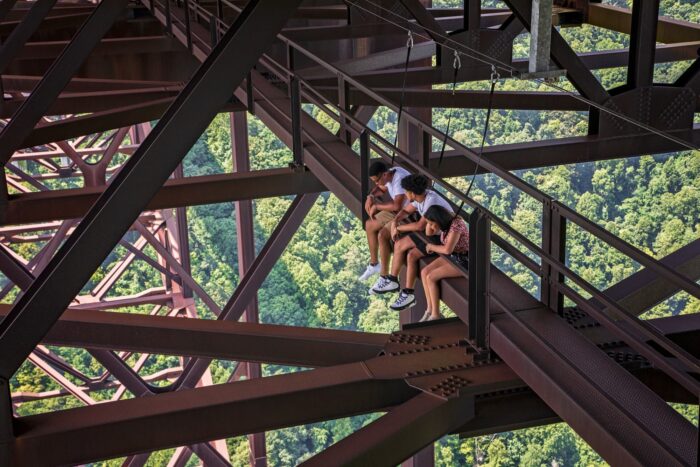
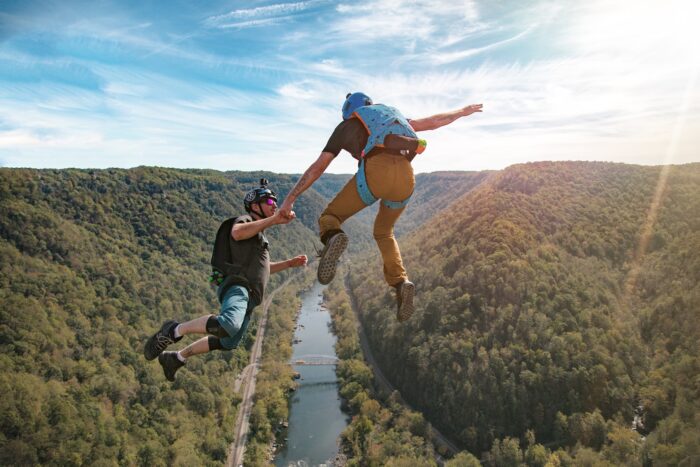
Hosts One of the Largest Extreme Sports Events
The national park sets the stage for Bridge Day – one of the world’s most unique events and the largest, single-day festival in West Virginia. Bridge Day is held on the third Saturday of October and is the only day out of the entire year that the bridge is closed to traffic and opened to pedestrians. The first Bridge Day was held on November 8, 1980. Two parachutists jumped from a plane onto the bridge, while five other parachutists jumped from the bridge into the Gorge. On average, 80,000 people attend this festival annually, and this year’s event will be held on Saturday, October 19, 2024.
Request a copy of the free New River Gorge Travel Guide to start planning your trip to America’s newest national park today!
